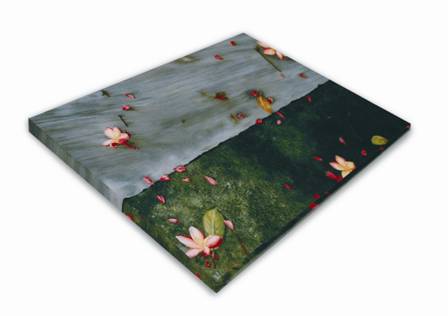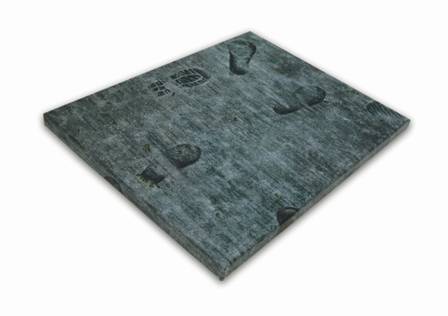 |
|
|---|---|
| CP Foundation | About CP Biennale | 2003 | 2005 | Contact Us | |
         
|
|
|
In/Roads Parvathi Nayar (born 1964, in New Delhi, India) studied at Stella Maris College, University of Madras, India, in the Department of Fine Arts, graduating with a BA in Fine Art in 1985. In 2003 - 2004, Parvathi Nayar went to London on a Chevening Scholarship from the British government, to study at Central Saint Martins College of Art and Design, London, gaining subsequently a master's degree in Fine Art. She has held three solo exhibitions —”Journey" in Jakarta (1998); "Flowers, Faces, Feelings,” also in Jakarta (1997); "The Art of a Woman” in Jakarta (1996); and "Woman and the Elements" in Singapore (1994). Ms Nayar has partaken in various group exhibitions, including “location/locality” in London (2005); “Small is Beautiful,” Familiofiumano Gallery, London (2004); “Zodiac: A Confluence of East and West,” with Tan Siah Kwee, Singapore (2003); “Time Cycles,” Singapore (2002); and “Pulp Friction,” Singapore Art Museum, Singapore (2001). I am interested in looking at the loss of identity and transition in the socio-economical landscape of urban spaces, a result of numerous factors, such as the capital economy, necessitating the flow of goods and commodities; globalization; the move to the cities. We seldom think of how our urbanscape is defined by roads; they occupy a very high percentage of land in any nation. For example in Singapore, roads in 1996 occupied 11 percent of the island—about the same percentage as housing. In 1994, Indonesia had 356,879 km of roads; 0.67 km per 1000 people of paved roads (which is surprisingly similar to Singapore's 0.66 km per 1000 people)—but when unpaved roads are included into the figure, Indonesia has 1.45 km per 1000 people (1999). The design philosophy of roads is that the road layout is intelligible and adequate to provide for the type and volume of all the various elements of traffic expected… Roads; they are ubiquitous points of reference, of connection, arteries, but yet a 'non-subject'. Which is why I want them to be the subject of this work. (Artist's Statement)
|
|
|
CP foundation | About CP Biennale | 2005 Biennale | 2003 Biennale | Contact Us
Jl. Suryopranoto 67A, Jakarta 10160, Indonesia. ph. +62.21.3448126, 3853206 | fax. +62.21.3853203, 3853208 info@cp-foundation.org |

